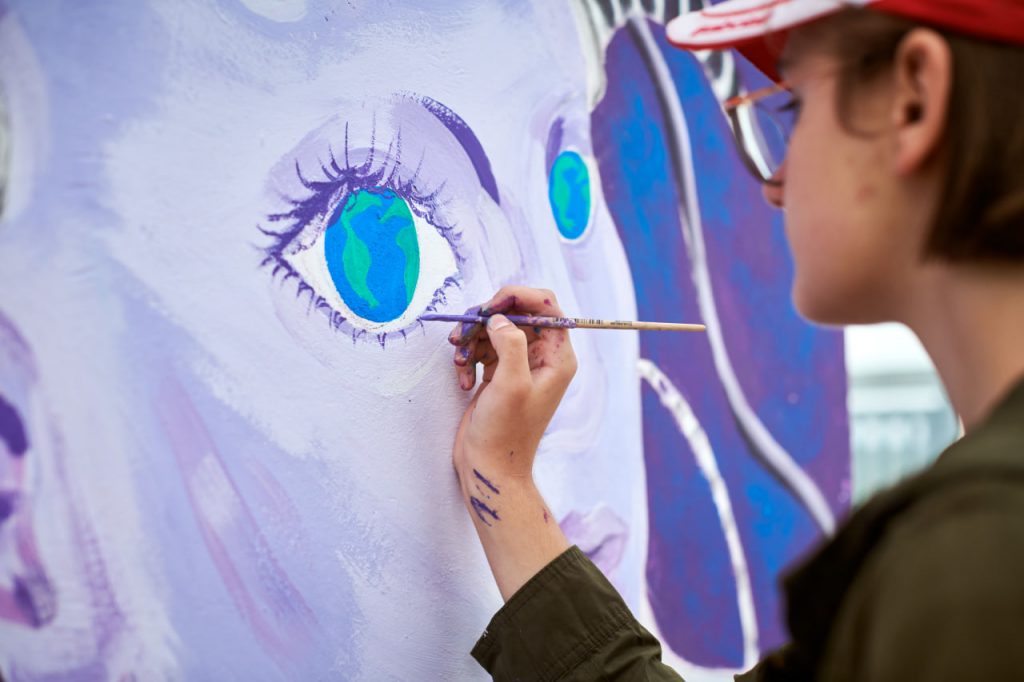Introduction:
Street art is no longer confined to the edges of the urban environment. In recent years, it has become a vital component in the revitalization of cities, playing a key role in transforming neglected spaces into cultural landmarks. This article explores how street art contributes to urban regeneration, not just by beautifying areas, but by fostering a sense of community, attracting tourism, and improving local economies.
Key Points:
- Revitalizing Blighted Areas:
One of the most noticeable contributions of street art to urban regeneration is its ability to breathe life into run-down neighborhoods. Abandoned buildings and deteriorating walls, which once symbolized decay and neglect, are now being transformed into vibrant artworks that draw attention and admiration. By creating large-scale murals or interactive installations, street artists can give a fresh identity to these areas, making them more appealing to both locals and visitors. In doing so, they not only enhance the aesthetic value of the space but also raise awareness about the need for urban renewal. - Cultural Tourism and Economic Boost:
As street art becomes more recognized and appreciated, it has also become a tourist attraction in many cities around the world. Urban tours now regularly include visits to areas known for their street art, turning what was once seen as illegal or rebellious into an essential part of a city’s cultural fabric. Cities like Berlin, Melbourne, and São Paulo have successfully leveraged street art to boost tourism, driving economic growth by attracting visitors who are eager to explore these open-air galleries. This influx of tourists can bring significant revenue to local businesses, such as cafes, shops, and hotels. - Fostering Community Engagement:
Street art does more than beautify urban landscapes—it actively involves the community. Many street art projects are collaborative, with artists working alongside local residents, schools, and organizations to create murals that reflect the unique identity and values of the community. This process not only gives residents a sense of ownership over their neighborhood but also fosters pride in their local environment. Through community-driven street art initiatives, the act of creating something beautiful together can strengthen bonds between people, making them feel more connected to their surroundings. - Addressing Social and Political Issues:
Street art has long been a medium for social and political expression. In the context of urban regeneration, street artists often use their works to comment on issues such as gentrification, homelessness, and inequality. Murals may highlight the struggles of marginalized communities, spark important conversations about urban development, or advocate for environmental sustainability. By making these issues visible in public spaces, street art serves as a powerful tool for social change, encouraging dialogue between city officials, developers, and the public.
Conclusion:
Street art plays a multifaceted role in urban regeneration, transforming neglected spaces into cultural hubs that attract tourism, strengthen community ties, and address pressing social issues. As cities continue to grow and evolve, street art will remain an essential part of their fabric, fostering creativity, dialogue, and connection. The power of street art goes beyond its visual appeal—it has the ability to reshape the way we view and experience urban environments, making them more vibrant, inclusive, and dynamic.
